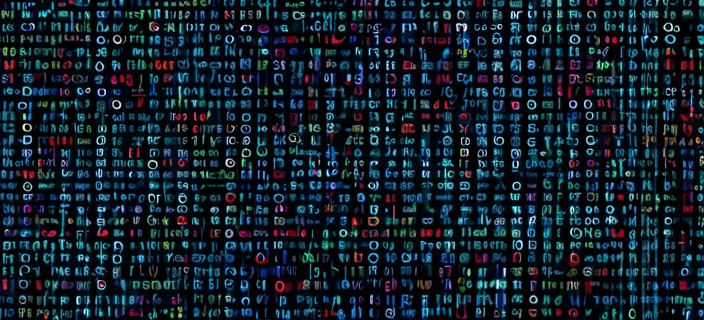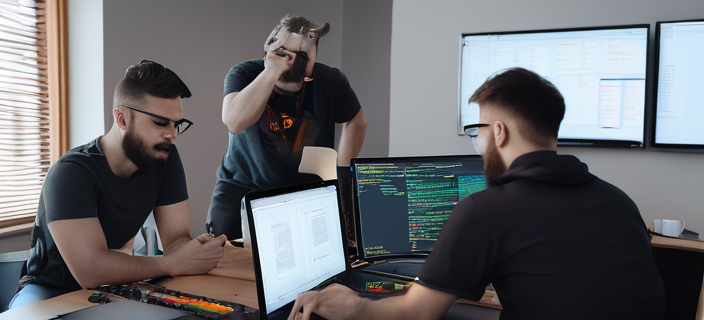Known for his penchant for unraveling the mysteries of AI, Lucas Hargreaves brings a refreshing blend of wit and wisdom to his articles at LLM Reporter. When not delving into the realms of AI, you can find him exploring hidden gems in city bookstores.
In the rapidly evolving landscape of artificial intelligence, a groundbreaking development has emerged that promises to redefine the boundaries of code generation. The collaborative genius of ServiceNow, Hugging Face, and NVIDIA has birthed StarCoder2, a series of large language models (LLMs) designed with a singular focus: to generate higher quality code than ever before.
A Leap Forward in AI-Driven Code Generation
 A glimpse into the future of coding
A glimpse into the future of coding
StarCoder2 stands as a testament to the relentless pursuit of efficiency and precision in the realm of AI. With three iterations boasting up to 15 billion parameters, these models are not just about size but about the quality and applicability of the code they produce. The initial 3 billion-parameter model by ServiceNow matches the performance of its predecessor, a 15 billion-parameter behemoth, showcasing the strides made in AI efficiency.
“As AI research continues to advance, each successive wave of LLMs becomes more efficient.” - Nicolas Chapados, Vice President of Research, ServiceNow.
The versatility of StarCoder2 is evident in its training across 619 programming languages, making it a tool of unprecedented scope. Its foundation, The Stack v2 dataset, is a colossal pool of coding knowledge, more than seven times larger than its predecessor. This vast dataset, coupled with additional training, enables StarCoder2 to comprehend even low-resource languages like COBOL, alongside mathematics and program source code discussions.
The Impact on DevOps and Code Quality
 DevOps teams navigating the new AI-generated code landscape
DevOps teams navigating the new AI-generated code landscape
The introduction of StarCoder2 into the development ecosystem is poised to significantly alter the dynamics of code generation and deployment. With a focus on generating less vulnerable and more efficient code, StarCoder2 addresses a critical concern in the DevOps world: the quality of machine-generated code. By leveraging examples vetted by the BigCode community, StarCoder2 aims to reduce the incidence of “hallucinated” outputs, a common pitfall in less sophisticated models.
The implications for DevOps teams are profound. As the landscape shifts towards an increased reliance on machine-generated code, the challenge lies in integrating these AI-driven platforms into existing pipelines. The efficiency and resource management benefits are clear, but so is the need for a nuanced understanding of the types of LLMs at play.
Navigating the Future of Code Generation
The advent of StarCoder2 marks a significant milestone in the journey towards fully realizing the potential of AI in code generation. However, it also underscores the evolving challenges and opportunities that lie ahead. For DevOps teams, the task at hand is not just about adopting new tools but about reimagining the processes that underpin code development and deployment.
As we stand on the brink of this new era, the conversation around AI-generated code is far from over. It’s a dialogue that will shape the future of software development, demanding a balance between innovation and integrity, efficiency and ethics. In this rapidly changing landscape, one thing is clear: the code of tomorrow will be written not just by human hands but by the minds of machines, guided by the ingenuity of those who dare to dream beyond the boundaries of code and consciousness.
Exploring the future of AI-driven code generation, one line at a time.


 Photo by
Photo by 











